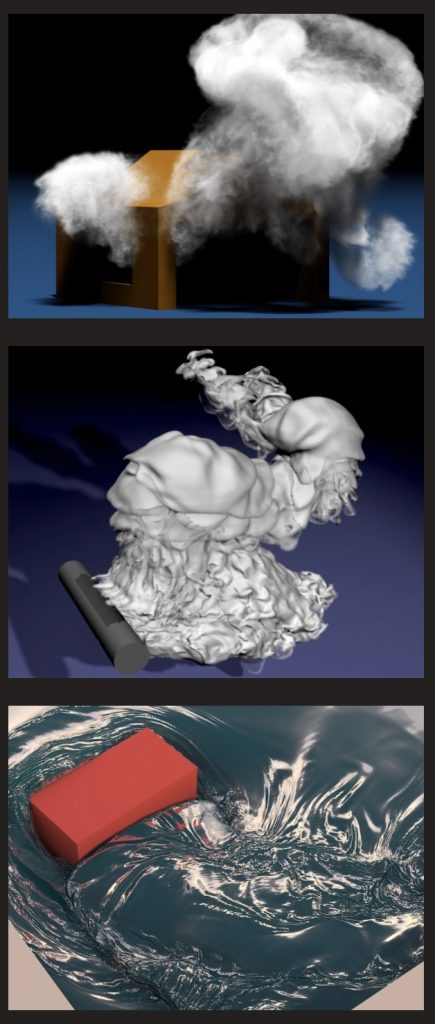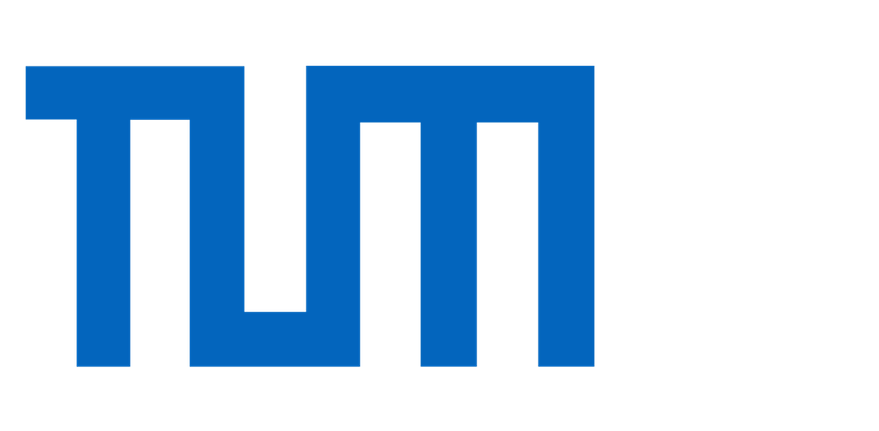Here you can find all supplementary materials for our SIGGRAPH 2013 and Eurographics 2014 course.
Authors / Organizers: Nils Thuerey, Theodore Kim, Tobias Pfaff
Course notes: Turbulent fluids
Source code:
Mantaflow (single phase turbulence)
Free surface turbulence code , webpage
Slides (currently being updated):
Part 1, Nils Thuerey (Siggraph,Eurographics)
Part 2, Tobias Pfaff (Siggraph)
Part 3, Theodore Kim (Siggraph)
In case you have any comments, questions or feedback for our course – please don’t hesitate to contact us. You can reach us at:
– nils dot thuerey at tum dot de
– tpfaff at berkeley dot edu
– kim at mat dot ucsb dot edu
Abstract:
Over the last decade, the special effects industry has embraced physics simulations as a highly useful tool for creating realistic scenes ranging from a small camp fire to the large scale destruction of whole cities. While fluid simulations are now widely used in the industry, it remains inherently difficult to control large scale simulations, and there is an constant struggle for increasing visual detail.
In this course, we will tackle these problems using turbulence methods. Turbulent detail is what makes typical fluid simulations look impressive, and the underlying physics motivate a powerful approach for control: they allow for an elegant split of large scale motion and small scale turbulent detail. This results in a two-stage work flow that is highly convenient for artists: first, a rough, and fast initial simulation is performed, which is then turned into a more detailed one by adding turbulent effects.
This course aims at giving an overview and providing practical guide to employing turbulence modeling techniques for fluid simulations in computer graphics. After reviewing the basics of fluid solvers, and the popular wavelet turbulence approach, we will present several powerful methods to capture advanced effects such as boundary layers, and turbulence with directional preferences. In addition, the difficulties of liquid simulations will be explained, and an approach for liquid turbulence that is based on wave dynamics will be presented.

